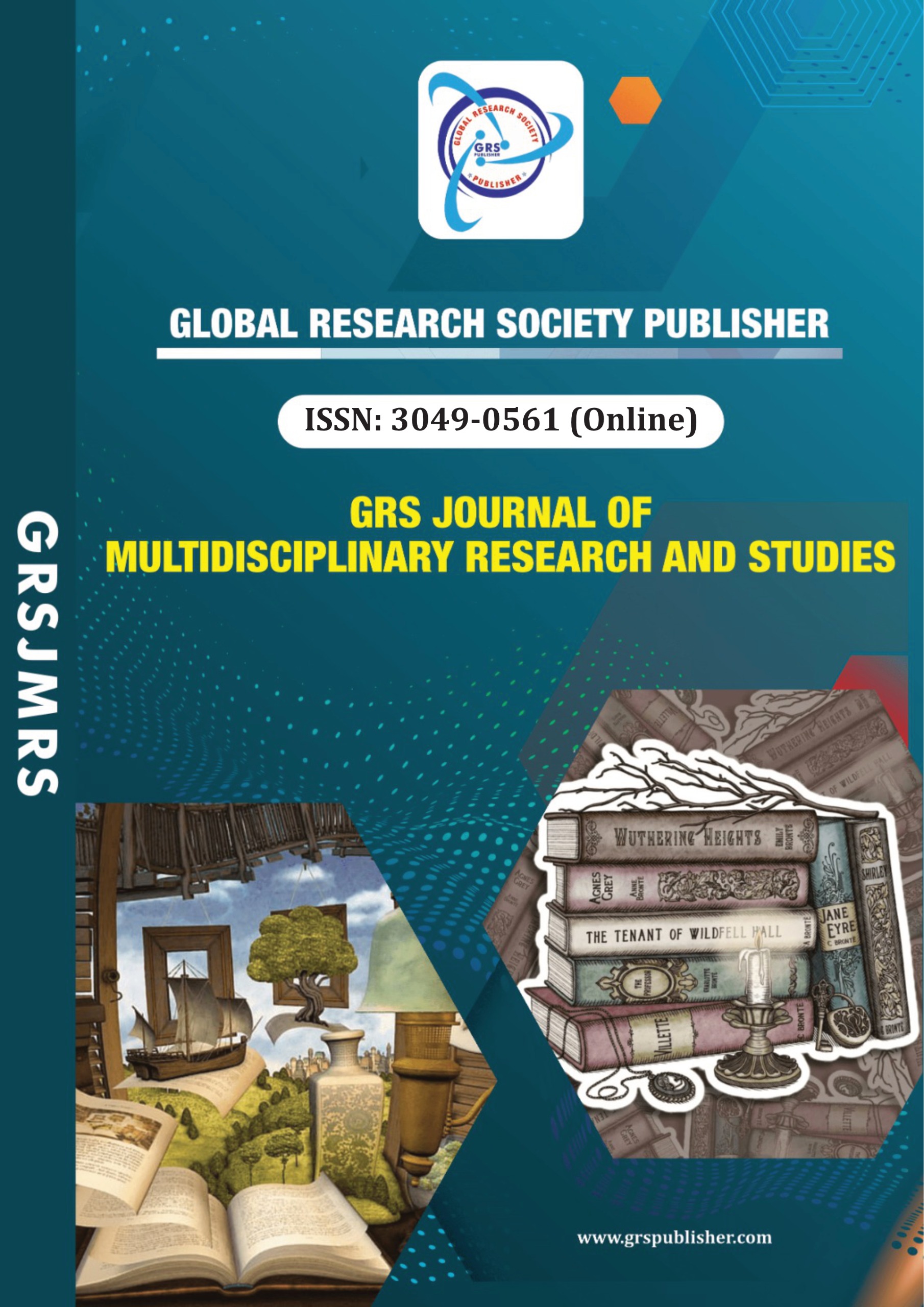Prevalence of Snake Bites and its management in the South-Central Region of Nepal: A retrospective study
Sr No:
5
Page No:
28-30
Language:
English
Licence:
CC BY-NC 4.0
Authors:
Prem Shankar Chaurasiya*, Tribhuwan Chandra Jha , Avilasha Bhagat, Ajay Kumar Chaurasiya , Prabhat chaurasiya, Laxmi Aryal6 , Dilip Raj Joshi
Received:
2025-06-02
Accepted:
2025-06-29
Published Date:
2025-07-08
Abstract:
Introduction: Lack of awareness and delayed arrival at health facilities are important factors for morbidity and mortality in snake
envenomation. Respiratory paralysis, fatal bleeding, cardiotoxicity, and renal failure are the main underlying factors. The objective of the study
is to know the snake envenomation incidence and distribution, presenting signs and symptoms, traditional first aid, and management options at
the district hospital during treatment.
Methods: A hospital-based retrospective cross-sectional study was conducted among 163 poisonous snake bite patients admitted at Kalaiya
Hospital from 1st April to 30th October 2021. Ethical approval was taken from the Nepal Health Research Council. A convenience sampling
method was followed. Data regarding demographic variables, signs and symptoms of snake bites, and outcomes were collected in a structured
questionnaire. The data were entered and analyzed through SPSS version 22.0.
Results: Males were involved in (52.8%, 86) of snake bites. The snake bite occurred during the evening time (51, 31.3%) followed by noontime
(43, 26.4%) and nighttime (37, 22.7%). (46.6%, 76) cases had cobra bites followed respectively by unknown snake bites (44, 27%) and Krait
bites (36, 22.1%). The tourniquet was used as a first aid (128, 78.5%). The symptoms were ptosis, blurring of vision, and hypersalivation in (73,
44.8%), (39, 23.9%) and (31, 19%) cases respectively. The observation only, anti-snake venom and referral were respectively required in 134
(82.2%); 19 cases (11.7%), and 10 cases (6.1%) of snake bites.
Conclusions: Snake envenomation requires timely patient transportation and the use of specific anti snake venom, to avoid morbidity and
mortality from poisonous snake bites.
Keywords:
blurring; demographic; distribution; emergency; envenomation.
Journal: GRS Journal of Multidisciplinary Research and Studies
ISSN(Online): 3049-0561
Publisher: GRS Publisher
Frequency:
Monthly
Language:
English

